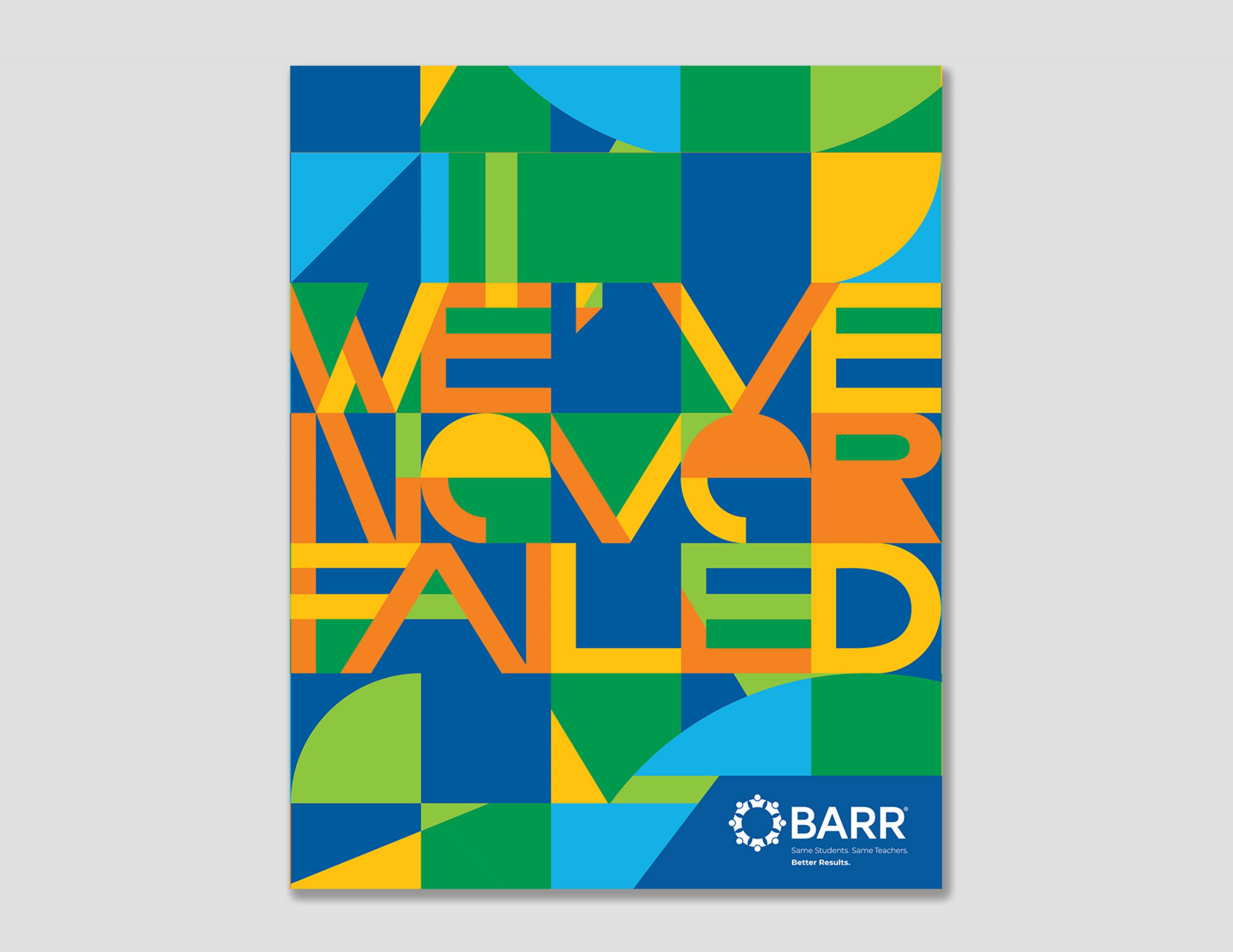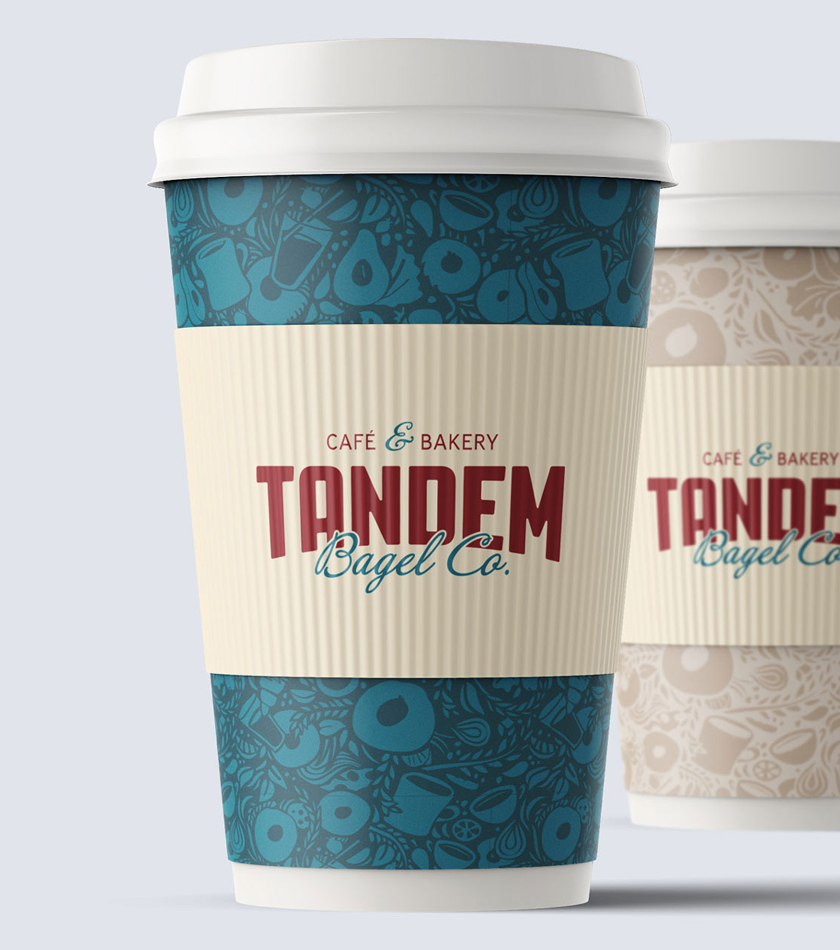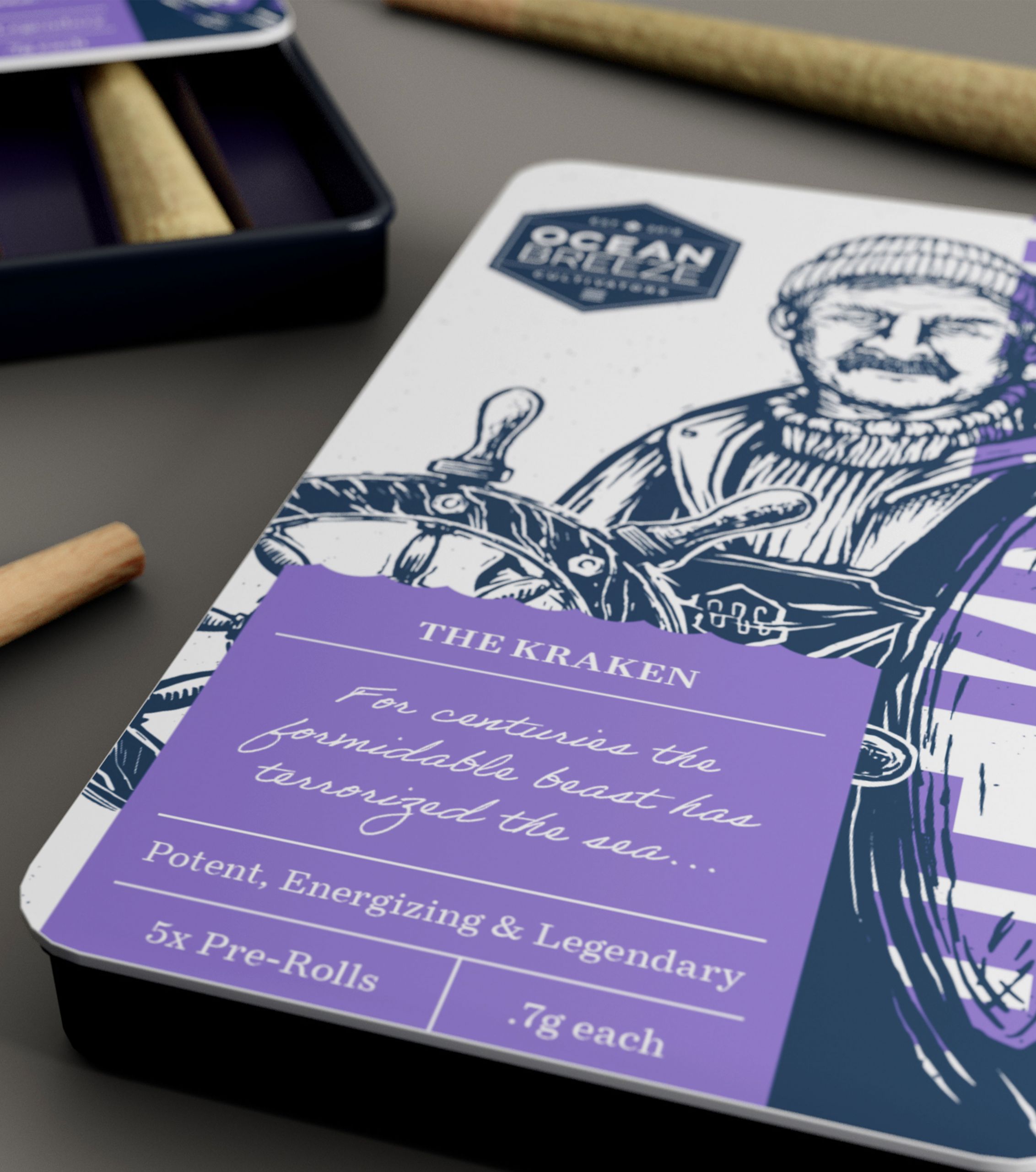Brands grow through greater recognition, not loyalty

For decades, marketers have been focused on targeting loyal consumers. The theory is that it’s easier (and cheaper) to retain loyal consumers than it is to gain new ones. And, as we enter another year marked by uncertainty, recent reports have predicted that B2C marketers will increase their spending on loyalty and retention marketing by another 15%. This may feel like the safest way to grow a brand, but in reality, the data tells a different story.
The COVID-19 pandemic has triggered a major shift in consumer behavior. A survey by McKinsey & Company (conducted September 18-30, 2020) found that 73% of respondents in the U.S. have tried new shopping behaviors since the onset of COVID-19 and 75-83% intend to continue trying new behaviors in the new year.
When marketers set out to increase brand loyalty and retention, they target a narrow niche of consumers who have already proven that they are willing to buy the product or service consistently. If the brand increases the frequency of purchases among each consumer and retains their loyalty then the brand will grow, right?
The pandemic has dramatically shifted consumers’ day-to-day routines, priorities, values, and social interactions. Even the types of visual identities and language that consumers are attracted to have changed. As a result, consumers are trying new products, new services, and—of course—new brands. So, how should brands shift their focus if consumers are increasingly unpredictable and loyalty isn’t attainable?
There is another school of thought that argues brand growth is not even dependent on loyalty in the first place, it’s dependent on market growth. In his book How Brands Grow (2010), Byron Sharp argues, “Purchase frequency does not impact brand growth, market penetration does.” In other words, the larger your consumer base is the more your brand will grow, regardless of how loyal each consumer is or how frequently they make a purchase.
Following Sharp’s argument, now more than ever—with such “disloyal” consumers—brand growth is dependent on casting a wider net and increasing brand recognition among a larger share of the market. It matters more that a larger population of consumers recognize the brand, and consider it when they pass through the aisles than it matters whether or not you can guarantee that a select few will choose your brand every time.
That doesn’t mean that a brand needs to be all things to all people. In fact, those that do will blend in—brands need more than ever to create a distinctive identity that helps them stand out. Branding that is memorable and consistent ‘sticks’ with people by building recognition and memory structures. And, a brand that ‘sticks’ in the minds of consumers won’t just survive the ebb and flow of buyers who aren’t loyal to any single brand—it will flourish.
You can read more about how brands grow through consistency and one-of-a-kind creativity here, or feel free to contact us to discuss how you can build brand recognition in the new year.


